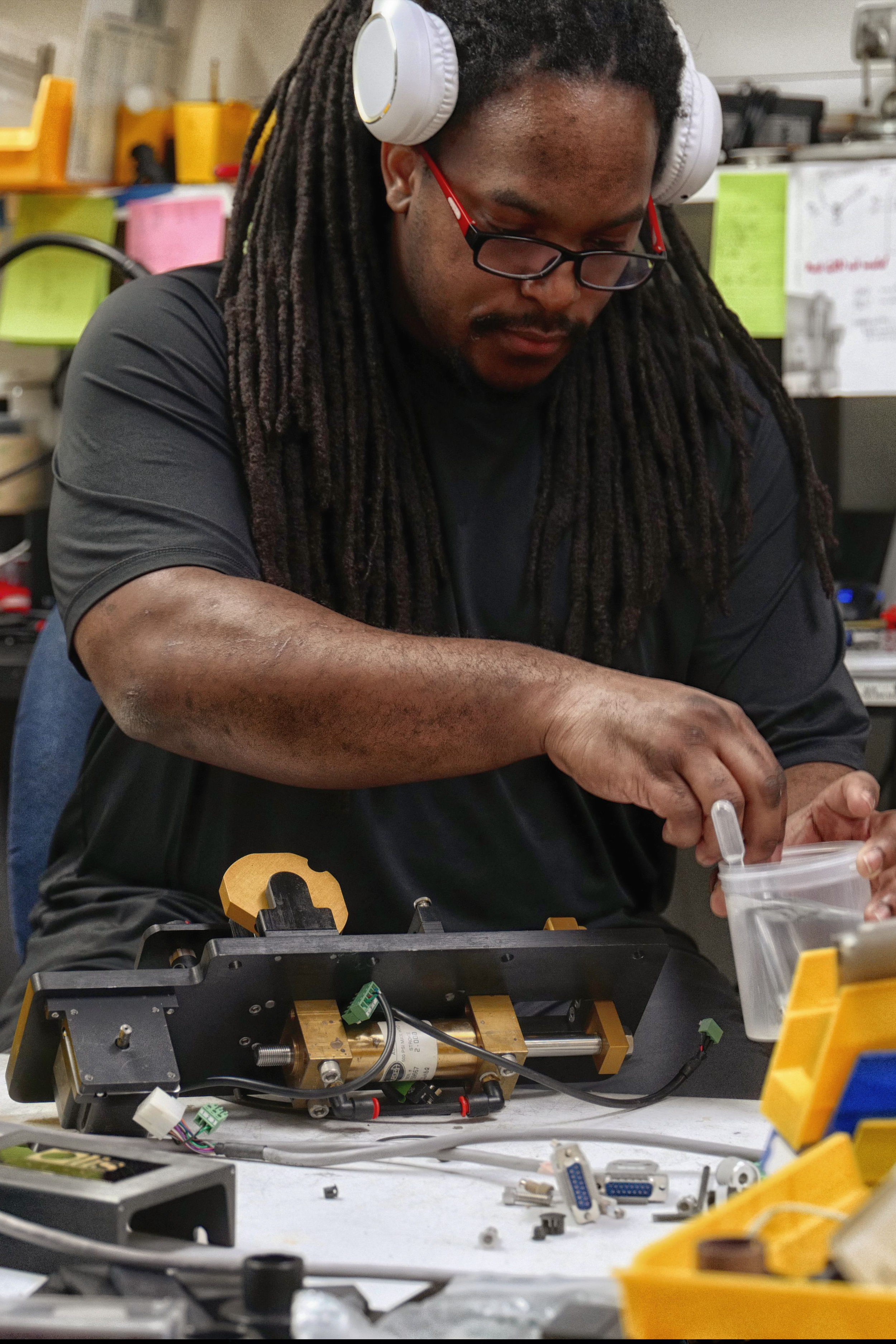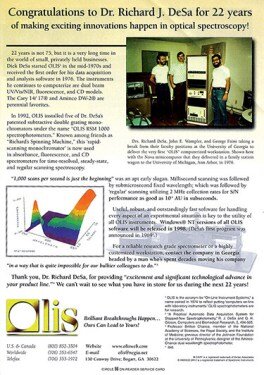Circular Dichroism for Dummies
Table of ContentsUv/vis - The FactsMore About SpectrophotometersSome Known Questions About Circular Dichroism.Our Uv/vis/nir DiariesHow Circular Dichroism can Save You Time, Stress, and Money.

Spectrophotometry is a tool that hinges on the quantitative analysis of molecules depending on how much light is taken in by colored substances.
7 Simple Techniques For Circularly Polarized Luminescence
A spectrophotometer is typically utilized for the measurement of transmittance or reflectance of options, transparent or nontransparent solids, such as refined glass, or gases. Although numerous biochemicals are colored, as in, they take in noticeable light and for that reason can be determined by colorimetric procedures, even colorless biochemicals can frequently be converted to colored compounds appropriate for chromogenic color-forming responses to yield substances suitable for colorimetric analysis.: 65 Nevertheless, they can also be developed to determine the diffusivity on any of the noted light ranges that normally cover around 2002500 nm utilizing various controls and calibrations.
An example of an experiment in which spectrophotometry is used is the decision of the balance constant of a service. A certain chemical reaction within an option may happen in a forward and reverse instructions, where reactants form products and products break down into reactants. Eventually, this chain reaction will reach a point of balance called a stability point.
8 Simple Techniques For Uv/vis/nir
The amount of light that passes through the solution is indicative of the concentration of specific chemicals that do not allow light to go through. The absorption of light is due to the interaction of light with the electronic and vibrational modes of particles. Each kind of particle has a private set of energy levels connected with the makeup of its chemical bonds and nuclei and therefore will soak up light of specific wavelengths, or energies, resulting in distinct spectral properties.
They are widely used in numerous markets consisting of semiconductors, laser and optical manufacturing, printing and forensic assessment, as see well as in laboratories for the research study of chemical compounds. Spectrophotometry is typically utilized in measurements of enzyme activities, decisions of protein concentrations, decisions of enzymatic kinetic constants, and measurements of ligand binding reactions.: 65 Eventually, a spectrophotometer is able to figure out, depending on the control or calibration, what substances are present in a target and precisely how much through computations of observed wavelengths.
This would come as a service to the previously developed spectrophotometers which were not able to take in the ultraviolet correctly.
Uv/vis/nir Fundamentals Explained
It would be found that this did not give satisfying outcomes, therefore in Model B, there was a shift from a glass to a quartz prism which permitted much better absorbance results - circular dichroism (https://www.figma.com/file/eT4jdyebIeUQ23ozOL89IX/Untitled?type=design&node-id=0%3A1&mode=design&t=vN0gsYYCmHohU5HF-1). From there, Design C was born with an adjustment to the wavelength resolution which wound up having three systems of it produced
It irradiates the sample with polychromatic light which the sample soaks up depending on its properties. It is transferred back by grating the photodiode array which spots the wavelength area of the spectrum. Ever since, the production and execution of spectrophotometry devices has increased immensely and has turned into one of the most innovative instruments of our time.

The smart Trick of Circular Dichroism That Nobody is Discussing
Historically, spectrophotometers use a monochromator including a diffraction grating to produce the analytical spectrum. The grating can either be movable or repaired. If a single detector, such as a photomultiplier tube or photodiode is utilized, the grating can be scanned step-by-step (scanning spectrophotometer) so that the detector can measure the light strength at each wavelength (which will correspond to each "step").
In such systems, the grating is fixed and the intensity of each wavelength of light is measured by a different detector in the variety. Furthermore, most modern-day mid-infrared spectrophotometers utilize a Fourier transform method to obtain the spectral information - https://linktr.ee/olisclarity1. This method is called Fourier change infrared spectroscopy. When making transmission measurements, the spectrophotometer quantitatively compares the fraction of light that goes through a recommendation service and a test solution, then digitally compares the intensities of the two signals and calculates the portion of transmission of the sample compared to the reference requirement.
